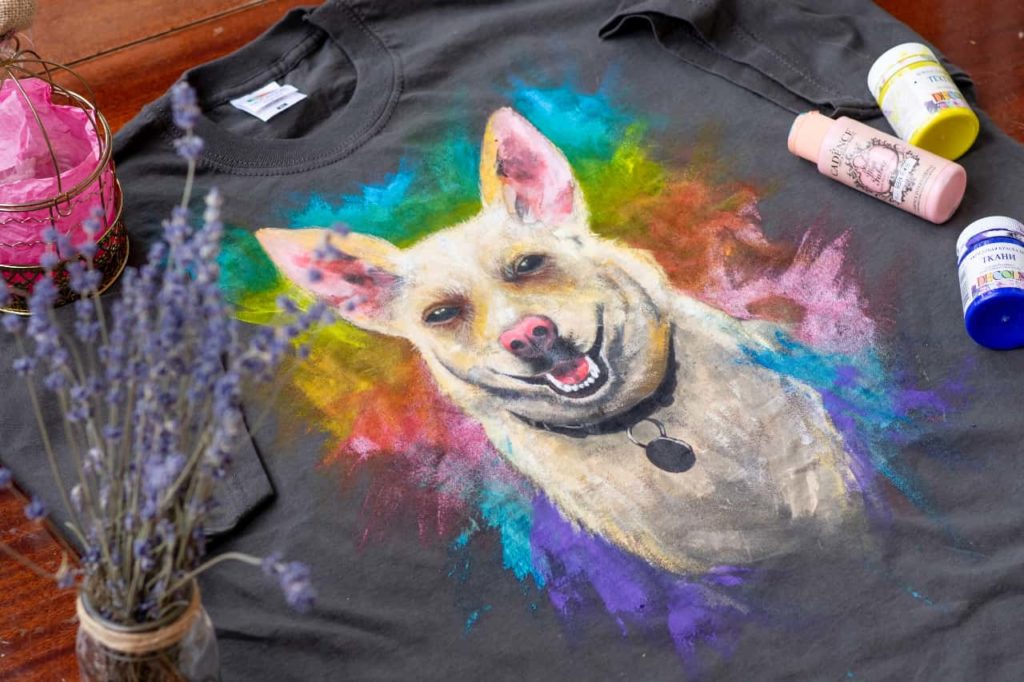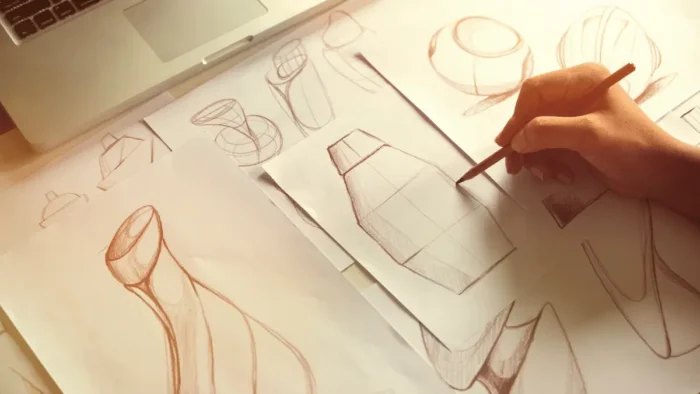If you are doing T-shirt printing you need to know the right commercial printing materials. This will help you when you start printing to get it correct from the first time.
Machine to Press Heat
These are the machines that are used to print artwork and images on t-shirts. They are quite adaptable, as they may be used to make mugs, shoes, tote bags, mousepads, and a variety of other items. Best heat press machine ranges from non-electric manual press machines to electronic press machines and commercial grade press machines. Your budget and intended use determine the type you choose. If you’re just getting started, we recommend using a manual or electric press machine.
Printer using inkjet technology
This is especially critical if you’re going to use the digital heat press approach. Using a heat press machine, you can transfer made enterprises from allocation paper to the shirt. For digital t-shirt printing, the design is printed on transfer paper with an inkjet printer. Use the appropriate transfer paper, i.e., inkjet printer paper, to get the most out of this. Also, for the greatest results, use a high-quality inkjet printer. They provide a tidy and beautiful finish to your job.
The Monitor
Another important item to have when commercial printing on shirts is a screen. When you wish to make screen prints, this is especially critical. It’s a basic material that you can produce with a few household items. Aside from that, this tool’s primary use is to create templates. These templates are then relocated to the garment, resulting in a design. Its functions are essentially similar to those of a heat press, except that they are employed for distinct printing procedures. Working with a screen can be challenging because you’ll need a separate one for each color you want to transfer. You’ll also need a screen with a mesh count; the larger the mesh count, the more precise your design will be.
Ink
This is one of the most important materials used in the printing process. Without the ink, how would you be able to see the design? Different types of ink are used in printing. Plastisol and water-based inks are examples. Solvent ink is required for t-shirt printing. They are available in a variety of hues. To begin, you can choose from primary colors such as black, white, red, blue, or yellow. You can blend two or more colors till you are satisfied with the new one if you want a more distinctive and astute color. Getting a starting mixing system might help with mixing, whereas inks are mixed in quart containers. For a more precise result, you’ll also need a scale to consider the ink before joining it together.
Water Source and Washout Station
You’ll need to wash away any excess uncured emulsion after curing the emulsion-coated screen in the exposure unit. Failure to do so will lead the screen to get more cured when exposed to sunshine, resulting in hazy work. That’s where the washout sink comes in handy. It could be improvised or professionally produced. The presence of a continual flow of water is critical.
Unit of Exposure
The exposure unit is the machine that cures the emulsion-coated screen. Rather than allowing the sun’s entire light to reach the stencil, it pinpoints it. If you don’t have this instrument, the sun can be used to cure the stencil. This piece of equipment has an oven-like from where the screens are placed to absorb light. Ensure that both sides of the screen do not contact each other while inserting them in the exposure unit.
Emulsion
It’s a liquid material that’s used to make displays less sensitive to light. It is usually applied on the screen before use. The stencil is created when the emulsion hardens (when it is exposed to light). It is simple to use this chemical compound. You will, however, require a specific tool for this, the most common of which being a squeegee or a scoop coater. When it comes to screen printing, make sure you have one on hand. In this post on printing screen printing transparencies by a printer, we go into great detail about printers for screen printing. Apply a thick layer of emulsion to screens to ensure an even and smooth transfer. This will offer the screen more room, resulting in improved printing results and color saturation.
To sum up
You’ve probably observed that printing on shorts isn’t that tough, especially when you have the right materials. Although the resources may appear to be numerous, you must obtain at least the most fundamental ones. This way, when you start printing, you’ll have a better chance of getting it correct. On the other hand, once you have these instruments, you must understand how to use them to survive as long as possible.





